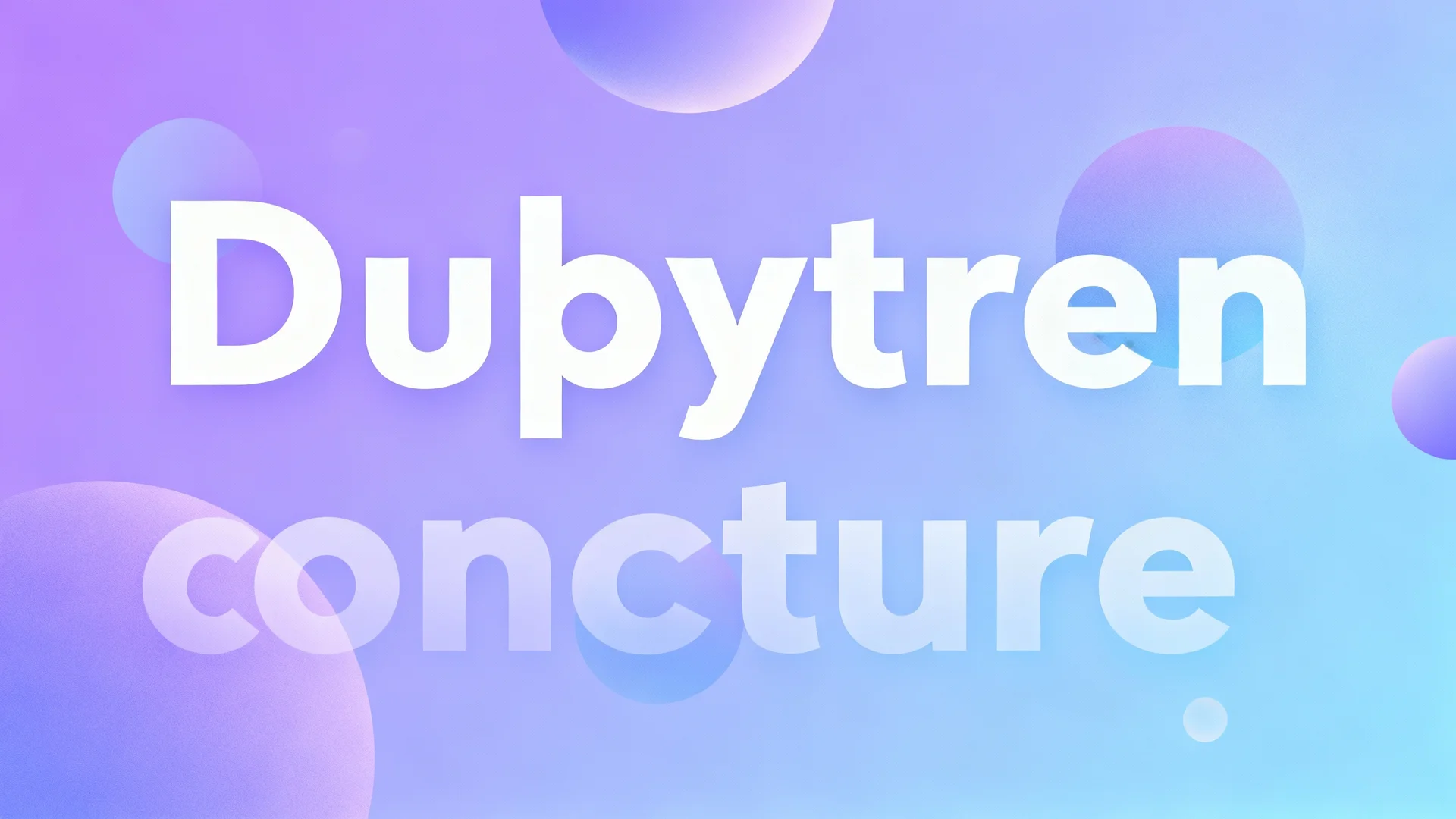
Loading...
Checking authentication...
Practice your pronunciation with interactive games and challenges.
Start PlayingBefore diving into the intricacies of the condition, let's explore its intriguing history. Dupuytren's Contracture is named after Baron Guillaume Dupuytren, a pioneering French surgeon of the 19th century. In 1831, he published a detailed description of the affliction, which has since been immortalized with his name. However, its roots trace back much further, with references found in medical texts from the Middle Ages. This long-standing history raises the question: how has Dupuytren's Contracture remained so elusive in modern discourse?
At its core, Dupuytren's Contracture is a hand deformity that develops over years. It begins with the thickening of the connective tissue under the skin of the palm and fingers. As this tissue tightens, fingers are gradually pulled towards the palm, often leading to a permanent bend.
Experts have identified several risk factors, including genetics, age, and lifestyle. It predominantly affects individuals of Northern European descent, earning the nickname "Viking Disease." Interestingly, men are more likely to develop the condition than women, with the incidence increasing with age. But why do some people develop it while others don’t? The answer remains a complex puzzle.
Dupuytren's Contracture isn’t just a physical ailment; it can significantly impact daily life. Imagine a pianist unable to play or a surgeon struggling to hold instruments. These scenarios highlight the profound effect this condition can have on one’s profession and hobbies.
Treatment options range from minimally invasive procedures, like needle aponeurotomy, to surgical interventions. However, there's no one-size-fits-all solution, and recurrence is common. This complex treatment landscape often leaves patients with more questions than answers, such as: is there a definitive cure on the horizon?
Dr. Sarah Thompson, an orthopedic hand specialist, offers her insights:
“The challenge with Dupuytren's Contracture lies in its unpredictable nature. Some patients experience slow progression, while others face rapid contracture. Our approach is to tailor treatments to individual needs, but we need more research to understand its underlying causes.”
Research into the genetic markers of Dupuytren's Contracture is ongoing, with promising findings that may lead to more targeted therapies. Could a deeper understanding of its genetic basis unlock new treatment avenues? This is a question that continues to drive scientific inquiry.
While Dupuytren's Contracture remains a condition shrouded in mystery, ongoing research and heightened awareness promise to bring new insights. By understanding its history, biological underpinnings, and real-world implications, we can better appreciate the challenges faced by those affected.
For those seeking to learn more about the pronunciation and intricacies of this condition, you can explore our pronunciation guide or watch our video guide. As we continue to unravel the complexities of Dupuytren's Contracture, one thing is clear: knowledge is key to empowerment and understanding.